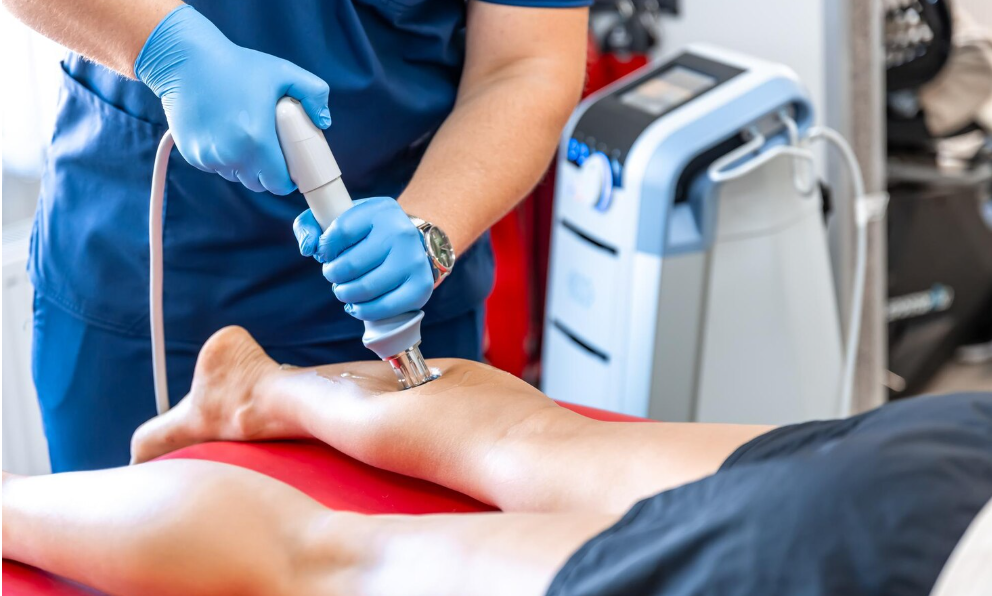Treatment Overview
Calf Contouring in Korea is a cosmetic procedure that reshapes and slims the calves for a more proportionate and elegant leg line. It can involve liposuction, selective muscle reduction (calf reduction surgery), radiofrequency or Botox treatments, and fat grafting, depending on whether the issue is caused by excess fat, bulky muscles, or uneven shape.
Korean plastic surgeons are internationally known for their expertise in leg slimming procedures, combining advanced surgical and non-surgical methods to create natural, feminine, and balanced results. Korea is a top destination because of its precision techniques, scar-minimization approaches, and customized treatment plans tailored to each patient’s calf structure.
Purpose & Benefits
- Slimmer Calves: Reduces calf circumference for a leaner leg line.
- Improved Symmetry: Corrects uneven or bulky calf shape.
- Definition Control: Can either slim or softly contour depending on preference.
- Clothing Fit: Enhances look in skirts, dresses, and slim-fit pants.
- Confidence Boost: Restores graceful leg proportions and balance.
- Combination-Friendly: May be paired with thigh contouring or ankle liposuction.
Ideal Candidates
- Patients with bulky calves due to fat, muscle, or both.
- Individuals with genetically thick calves despite exercise and diet.
- Adults in good health and at a stable weight.
- Non-smokers with realistic expectations.
- Patients seeking slimmer, straighter, or more feminine leg contours.
Possible Risks & Complications
- Temporary bruising, swelling, or soreness.
- Numbness or mild sensitivity changes.
- Asymmetry (rare with experienced surgeons).
- Contour irregularities in fat-based procedures.
- Rare risks: infection, delayed healing, or nerve/muscle injury (surgical calf reduction).
Techniques Used
- Calf Liposuction: Removes localized fat for slimmer legs.
- Selective Muscle Reduction (Surgical): Partial resection of calf muscle for dramatic slimming.
- Calf Botox / Neuromodulators: Temporarily reduces calf muscle bulk for slimmer appearance.
- Radiofrequency (RF) or Laser Reduction: Non-surgical muscle shrinking using energy-based technology.
- Fat Grafting (Optional): Balances shape if calves are uneven.
- Scar-Minimizing Entry Points: Very small incisions hidden in natural creases.
Recovery & Aftercare
- 1–2 weeks: Swelling and bruising improve significantly.
- Compression Garments: Worn for 3–4 weeks for support and shaping.
- 3–5 days: Resume light walking and daily activities.
- 1–2 weeks: Return to desk work.
- 4–6 weeks: Resume moderate exercise (avoid intense calf workouts early).
- 3–6 months: Final results visible as swelling subsides.
Aftercare Guidelines:
- Wear compression stockings consistently.
- Avoid high-impact sports or running during early recovery.
- Massage or lymphatic drainage may be recommended for smoother results.
- Maintain stable body weight for long-lasting outcomes.
- Attend follow-up visits for monitoring and scar evaluation.
Results & Longevity
- Slimmer, more defined calves.
- Long-lasting or permanent results depending on method (surgical vs Botox).
- Better leg proportions with smoother lines.
- Natural look enhanced by Korea’s scar-minimizing techniques.
- Confidence boost in both casual and formal wear.
Treatment Process in Korea
- Initial Consultation & Assessment
- Surgeons assess calf thickness, fat vs. muscle contribution, and symmetry.
- Personalized plan created: liposuction, Botox, surgery, or hybrid.
- Surgical Planning & Preparation
- Entry points marked discreetly (if surgical).
- Choice of anesthesia: local, sedation, or general depending on method.
- Procedure Day
- Liposuction performed with micro-cannulas for fat removal.
- Muscle resection (if surgical reduction) or Botox injection administered.
- Closure with fine sutures for minimized scars if incisions are used.
- Post-Operative Monitoring
- Compression garments applied immediately.
- Patients usually discharged same day for Botox or lipo; overnight stay for surgery.
- Follow-Up & Refinement
- Follow-ups at 1 week, 1 month, 3–6 months.
- Additional Botox or fine-tuning treatments may be offered.
Why Korea is a Top Destination
- Surgeons with specialized expertise in leg slimming procedures.
- Wide range of options: non-surgical (Botox, RF) to surgical (muscle reduction).
- Use of micro-cannulas and advanced scar-care programs for natural results.
- Clinics with 3D leg analysis and customized treatment planning.
- More affordable compared to Western countries, with world-class safety.
Cost Range
The cost of Calf Contouring in Korea depends on whether the treatment is surgical, non-surgical, or combined.
- Calf Botox / RF Reduction (Non-Surgical): USD $1,500 – $3,500
- Calf Liposuction: USD $4,500 – $6,500
- Surgical Calf Muscle Reduction: USD $7,500 – $11,000
- Combination (Lipo + Botox or Surgery): USD $8,500 – $12,500
- Premium Clinics (3D Imaging, VIP Aftercare, Advanced Scar Care): USD $10,000 – $14,000
Additional Costs:
- Consultation & imaging: USD $80 – $300
- Compression stockings: USD $100 – $200
- Medications & aftercare: USD $100 – $250
Popular Clinics
- Banobagi Plastic Surgery (Seoul): Specialists in calf reduction with natural shaping.
- ID Hospital (Seoul): Known for surgical calf contouring and post-weight-loss leg reshaping.
- JK Plastic Surgery Center (Seoul): JCI-accredited, premium safety and scar minimization.
- View Plastic Surgery Clinic (Seoul): Leaders in Botox and RF-based non-surgical calf slimming.
- JW Plastic Surgery (Seoul): Customized calf contouring combining lipo, Botox, or surgery.




